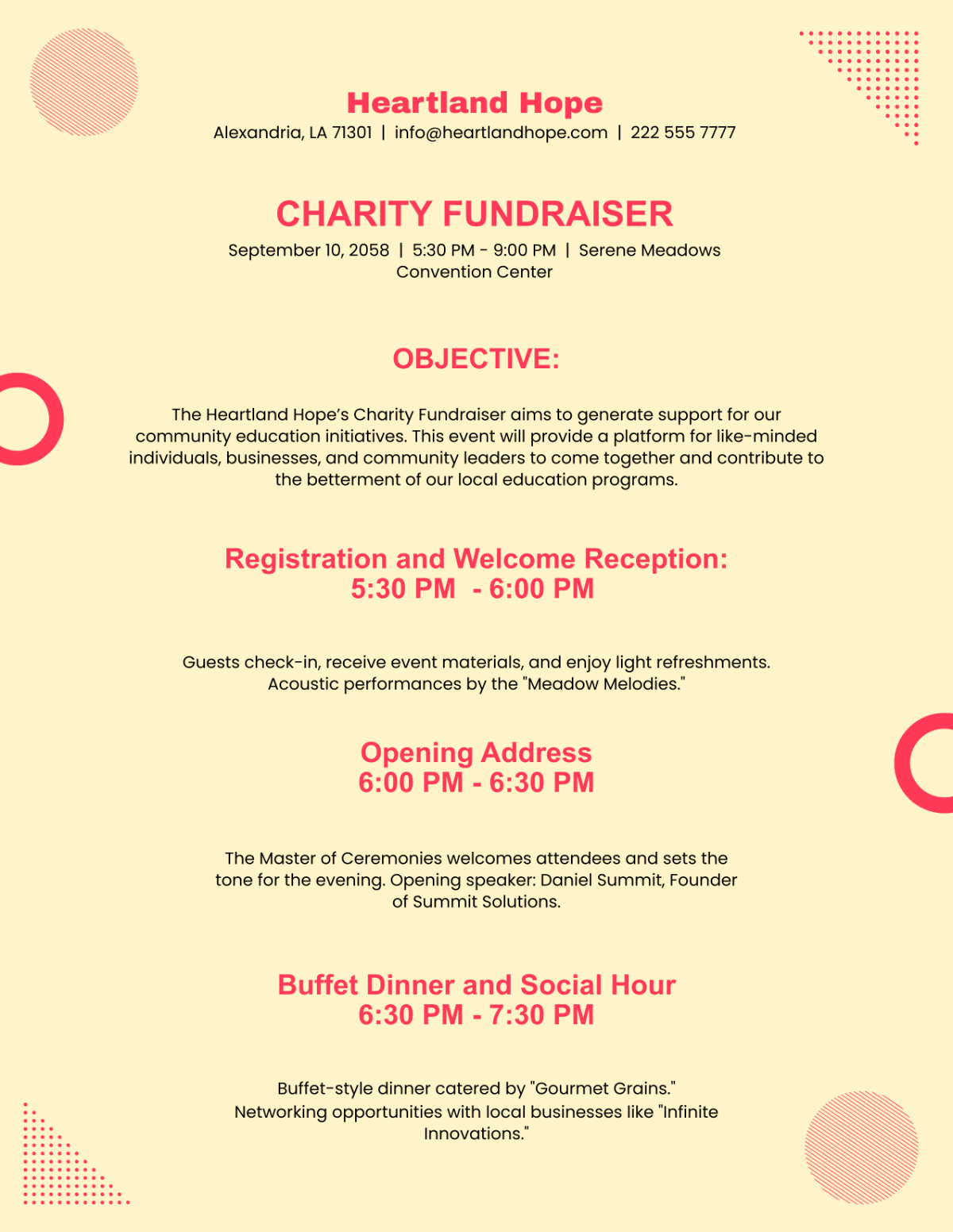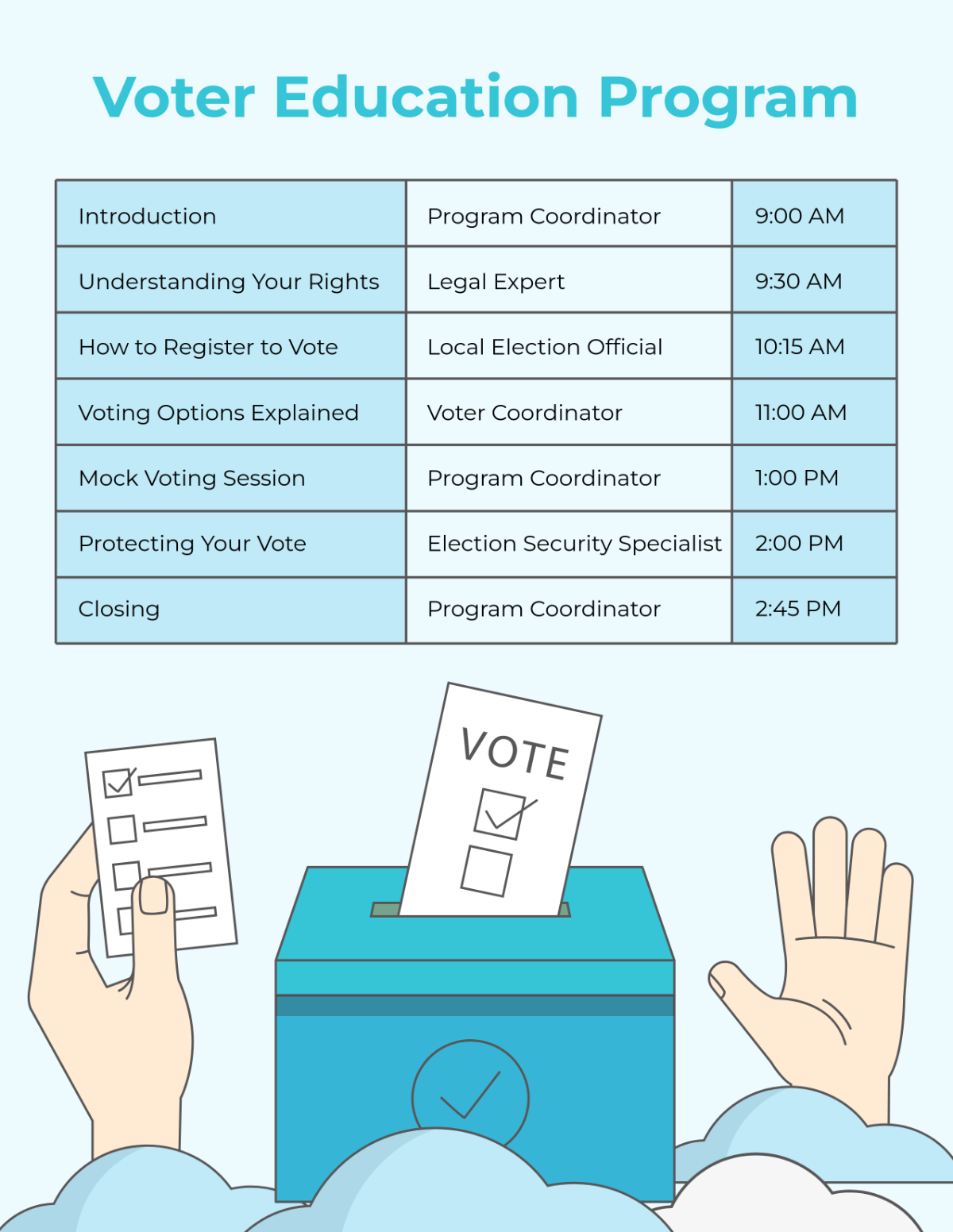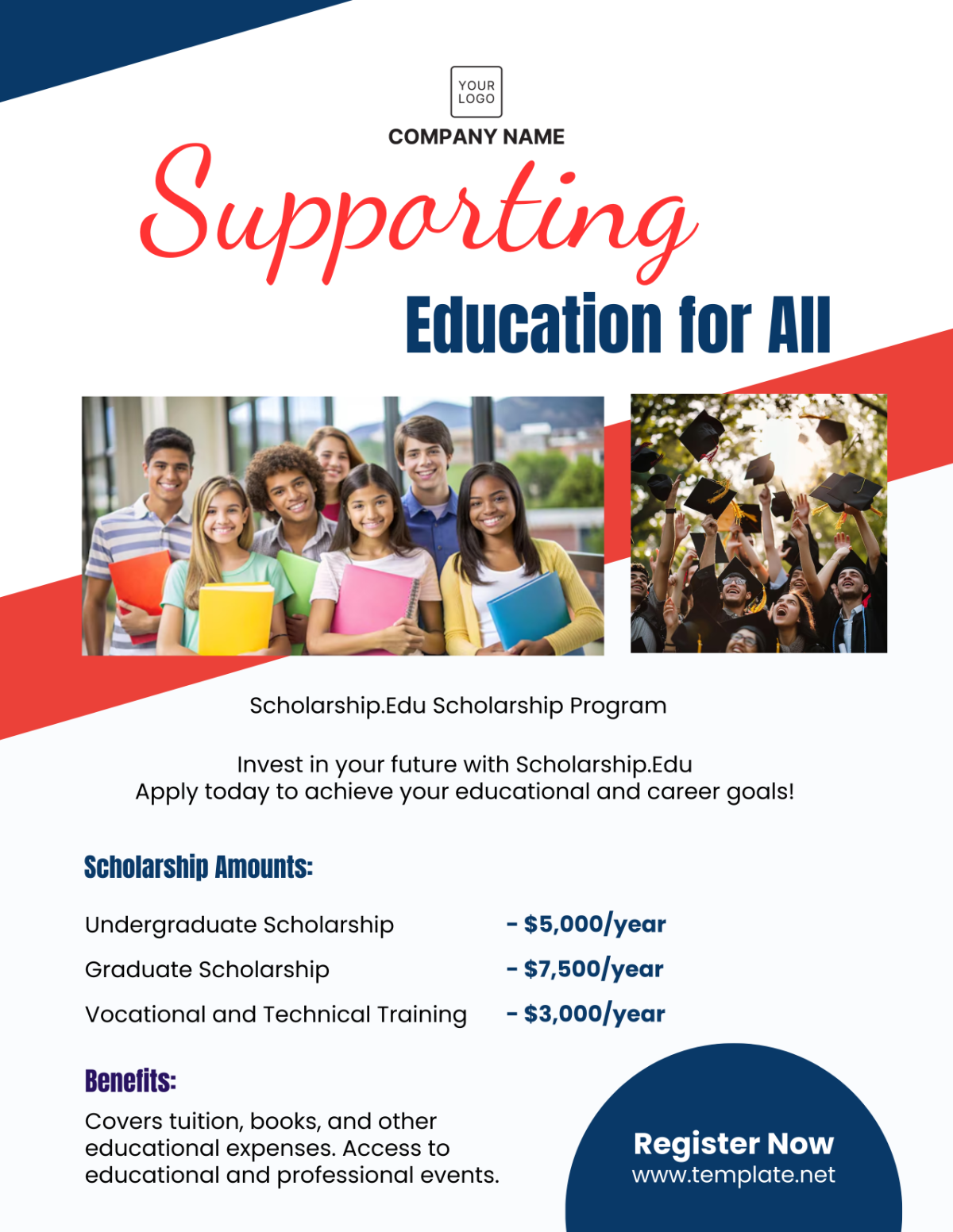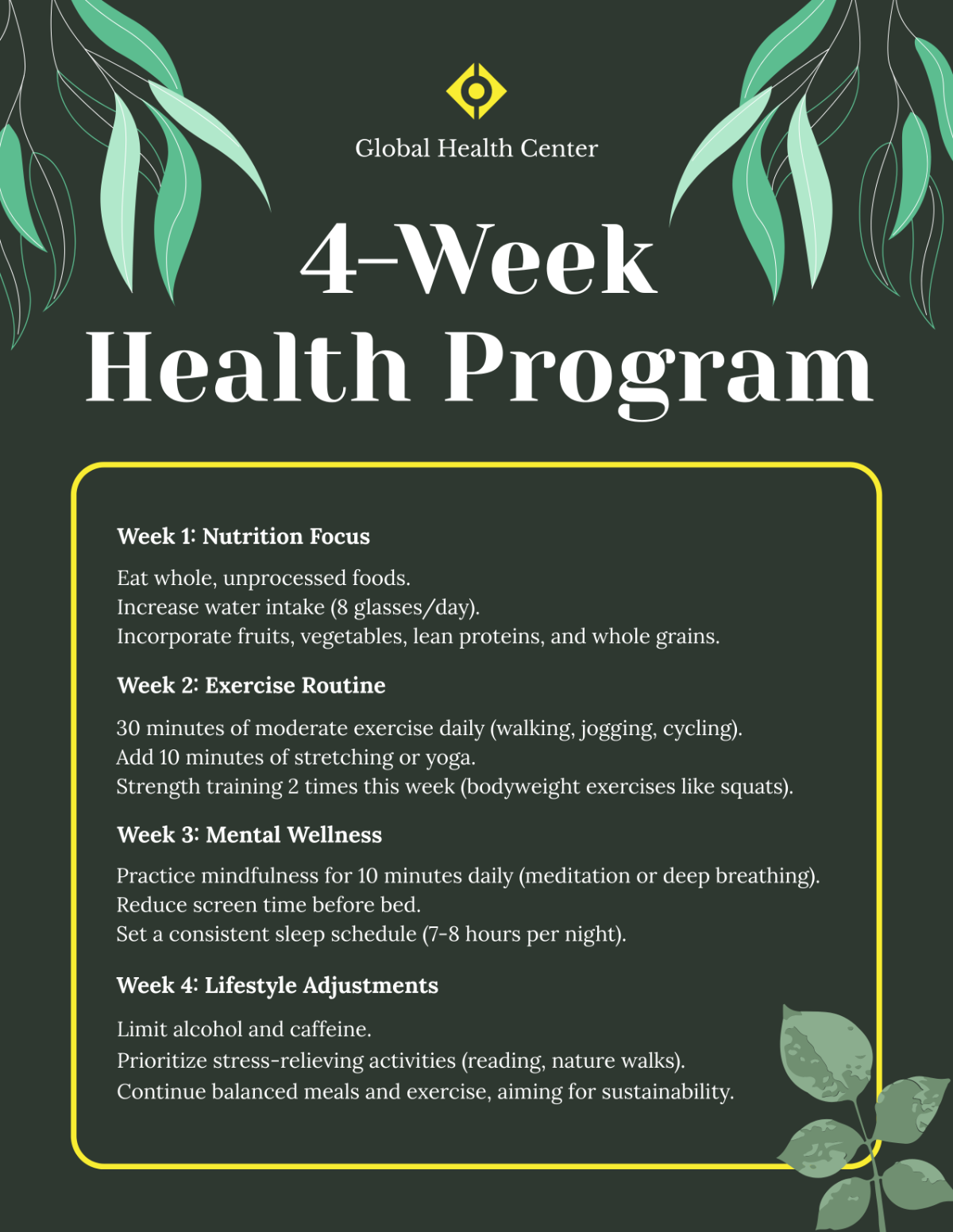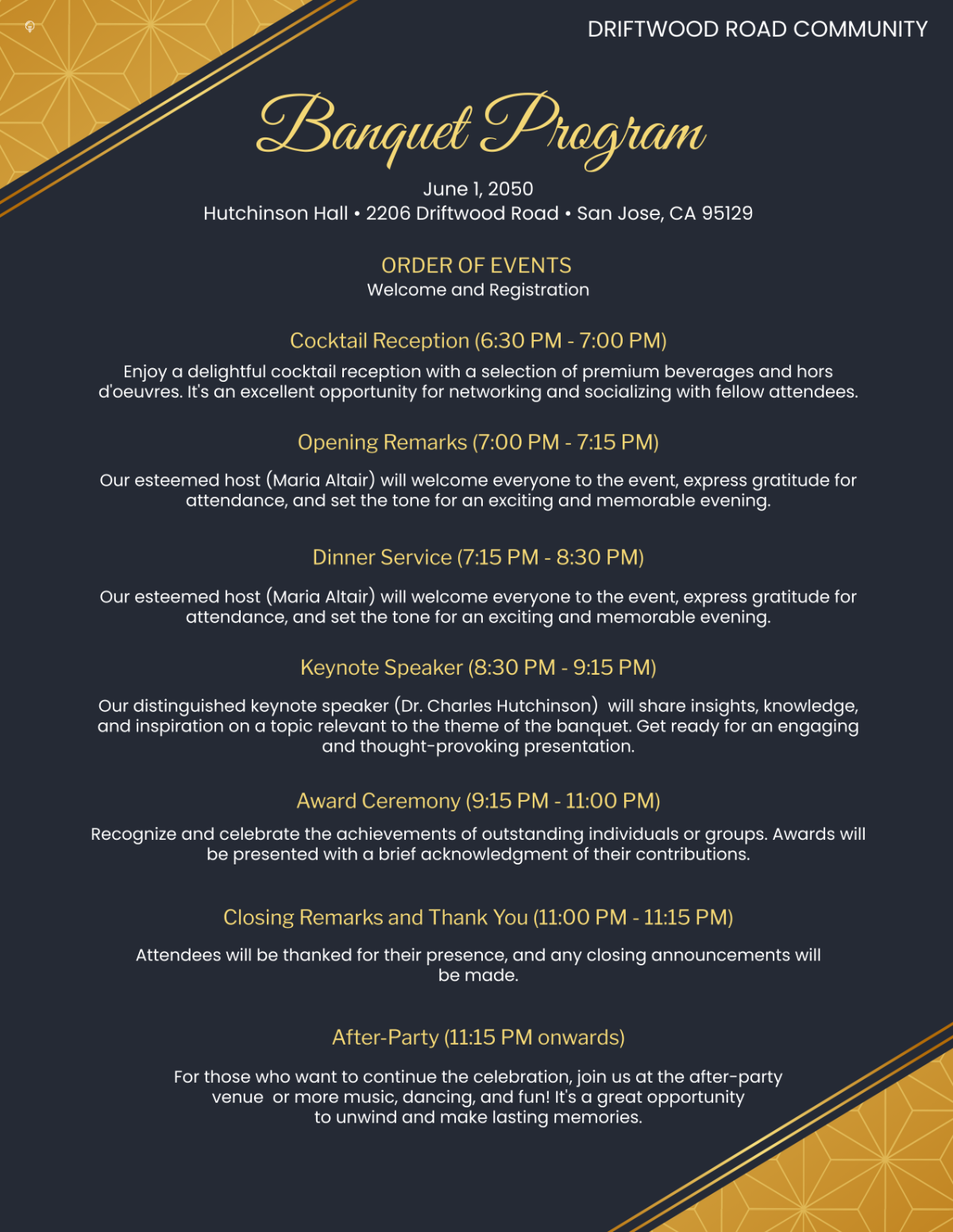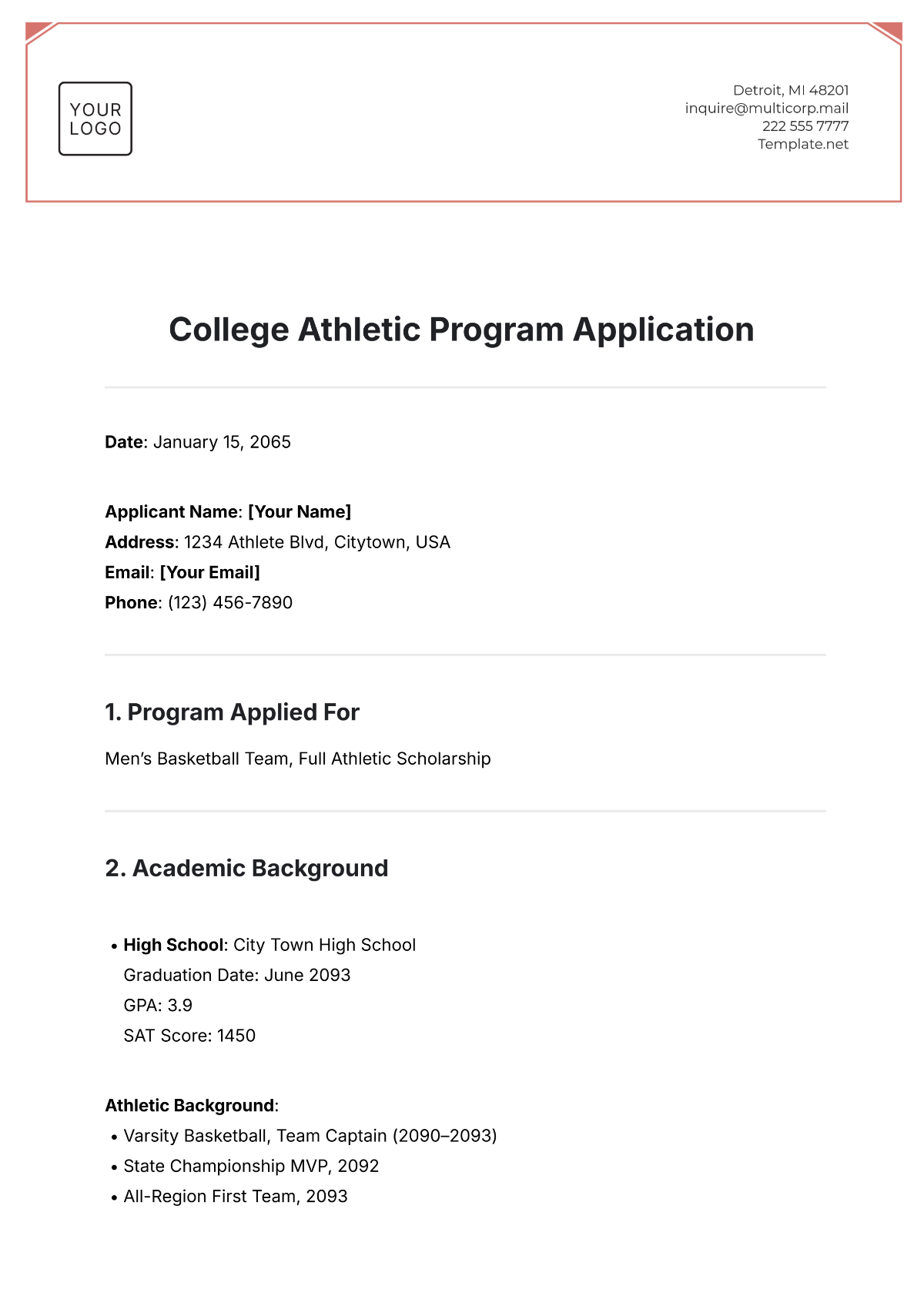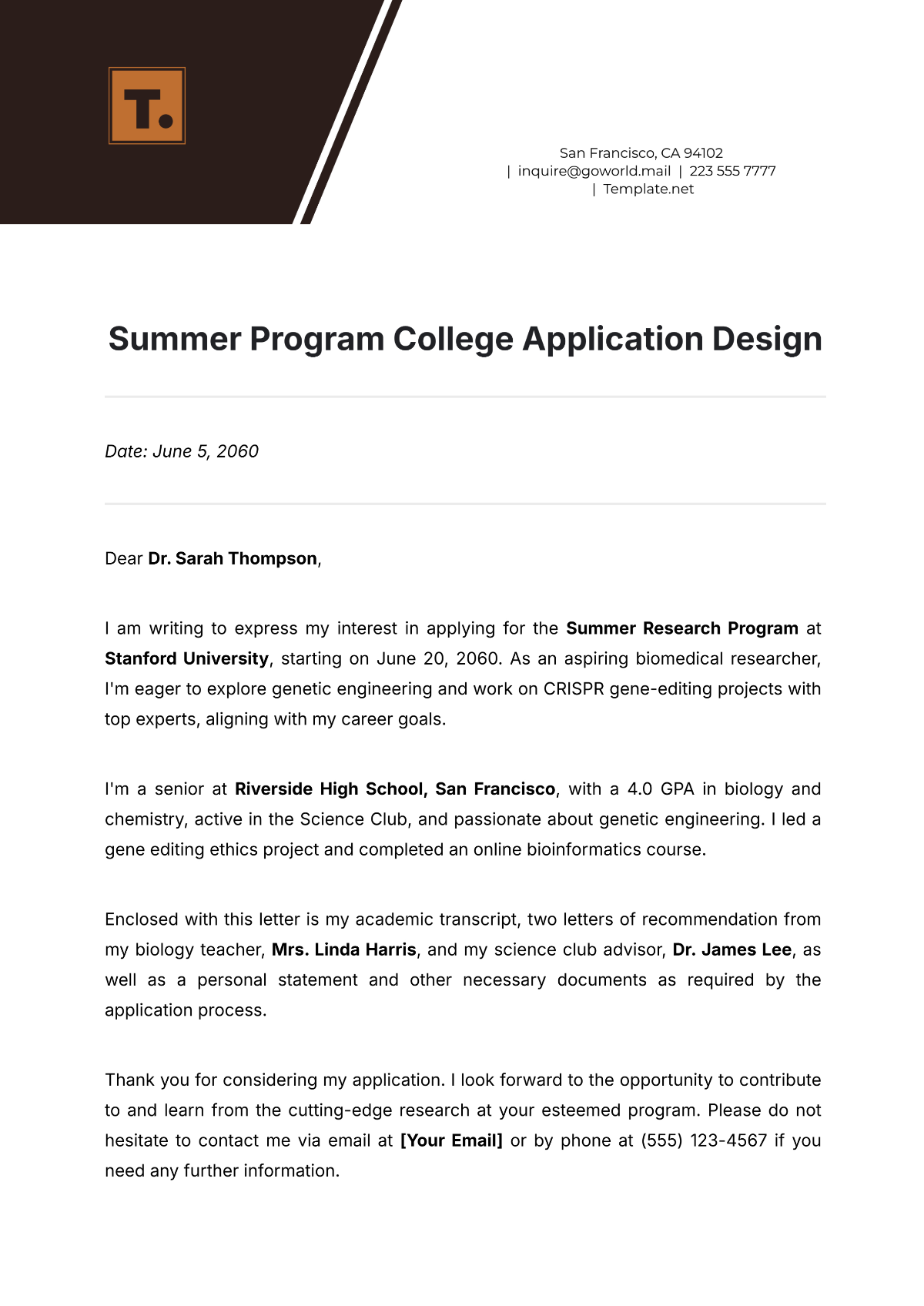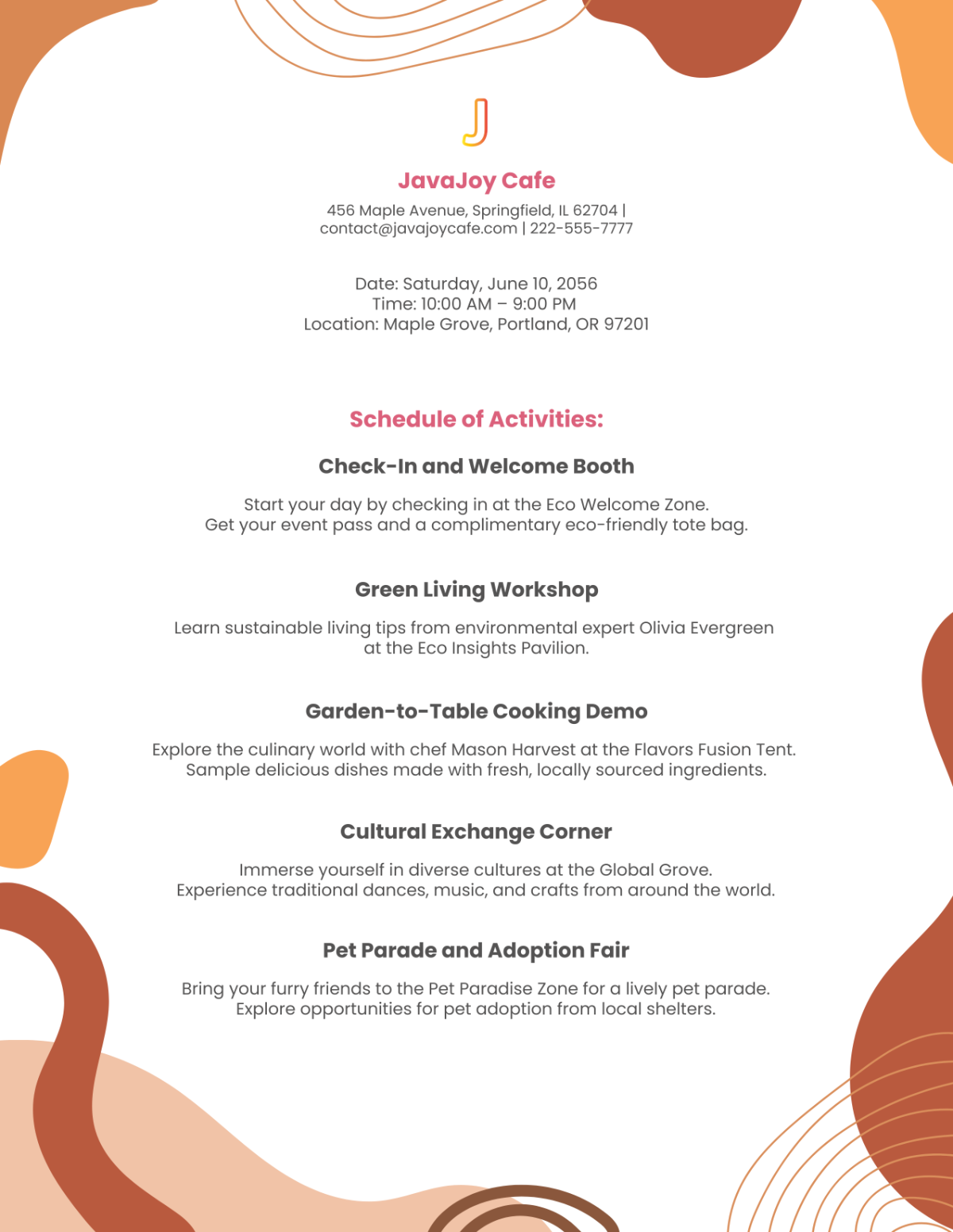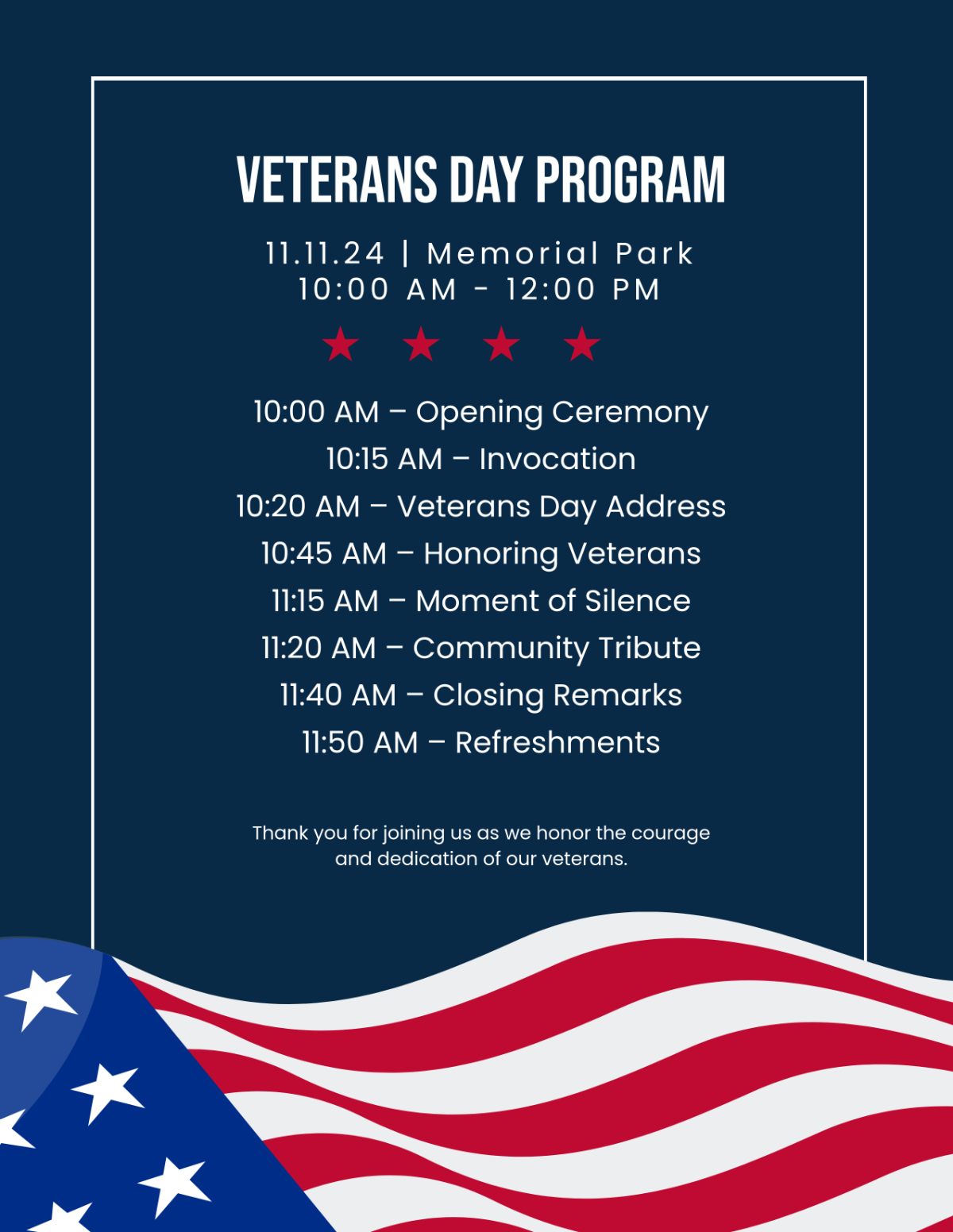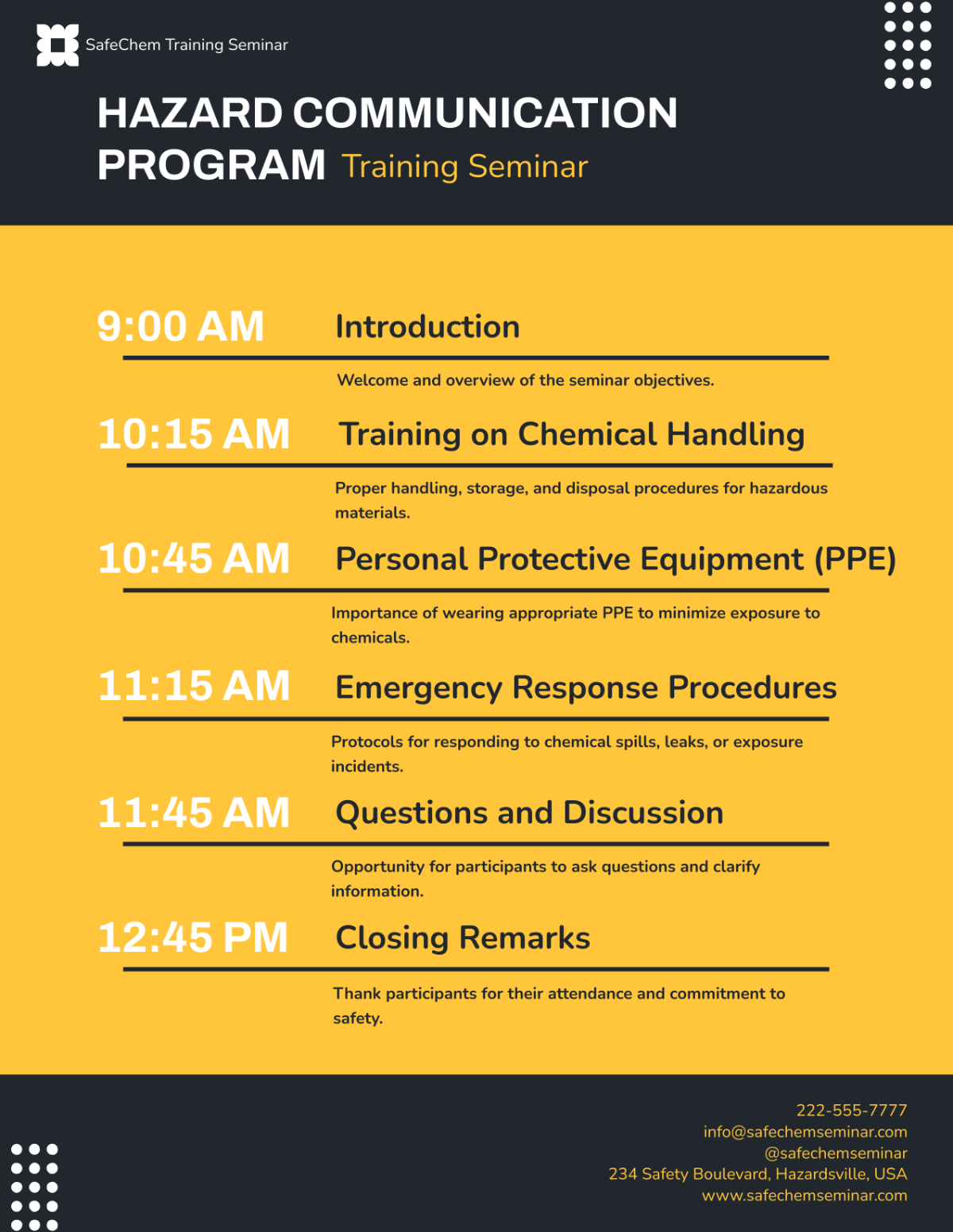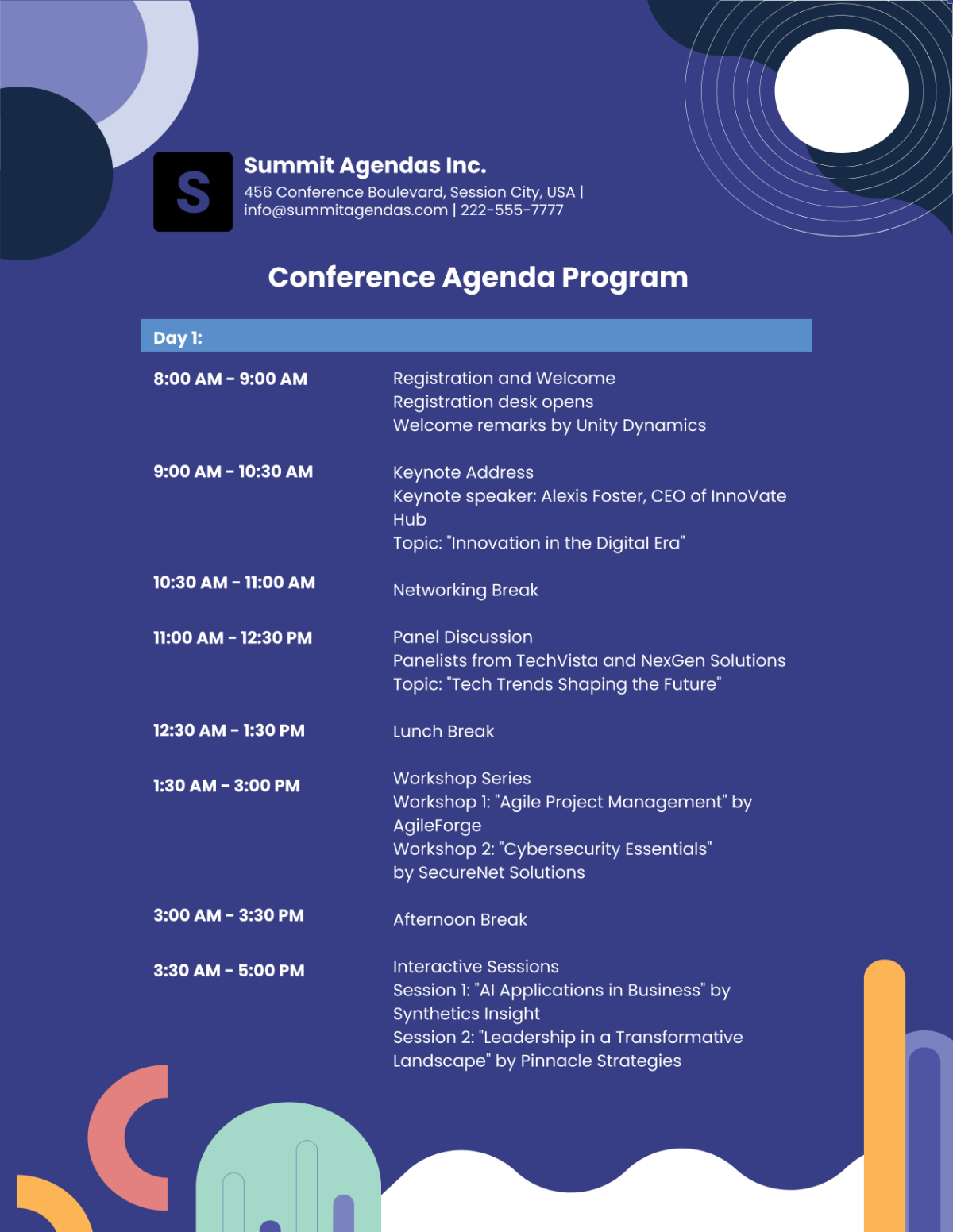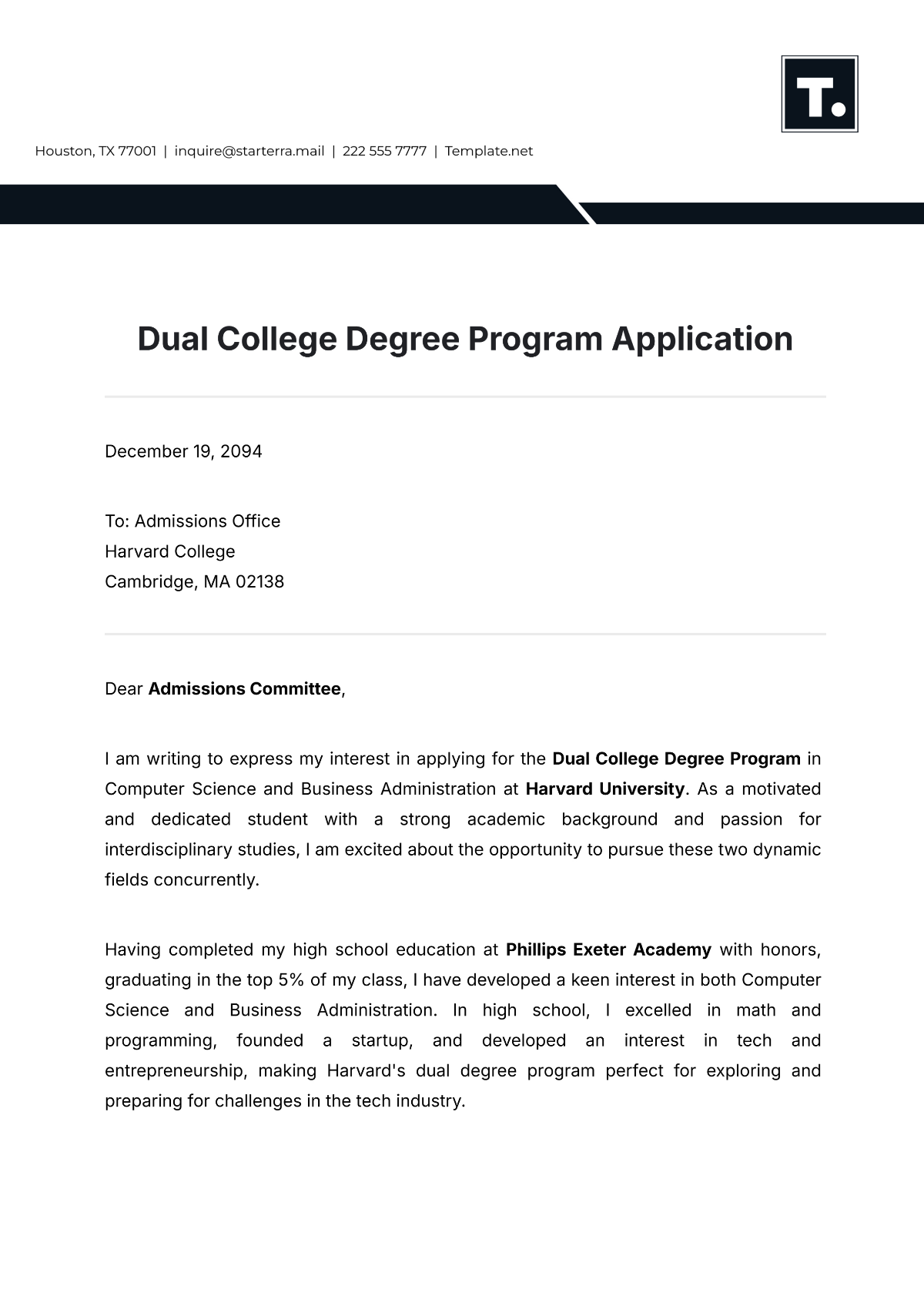MONTHLY PROGRAM REPORT
Prepared by: [Your Name]
I. Introduction
A. Purpose
As the Program Manager, this section introduces the Monthly Program Report, emphasizing its pivotal role in tracking and communicating the multifaceted progress of our program to an array of stakeholders and decision-makers, ensuring transparency, accountability, and informed decision-making.
B. Report Scope
Here, we define the expansive scope of the report, focusing on the "FutureTech Initiative," our flagship program aimed at driving disruptive innovation in emerging technologies, such as artificial intelligence, quantum computing, and biotechnology. This report covers the reporting period from January 2050 to June 2050, providing a holistic overview of our activities, achievements, and challenges during this timeframe.
C. Audience
Identifies the diverse audience who rely on this report for insights into our program's performance and impact, including executives, investors, regulatory bodies, industry partners, academic institutions, and project teams. Each stakeholder group brings unique perspectives and expectations, underscoring the importance of tailoring the report to meet their specific needs and interests.
II. Program Overview
A. Program Objectives
The "FutureTech Initiative" seeks to revolutionize technology, establish global leadership, address societal challenges, and secure sustainable value for future generations. Key objectives include:
Leadership in Cutting-Edge Technologies: Spearheaded innovation in AI, quantum computing, biotechnology, and advanced materials to set new benchmarks in technological advancement.
Addressing Societal Challenges: Leverage technology to tackle healthcare, education, climate change, and economic inequality, positively impacting lives worldwide.
Accelerating Technology Commercialization: Expedite the commercialization of breakthrough technologies by bridging academia and industry, facilitating technology transfer, and nurturing startups.
Fostering Cross-Disciplinary Collaboration: Foster collaboration across science, engineering, business, and social sciences to unlock synergies and drive innovation.
Nurturing a Vibrant Ecosystem of Innovation: Cultivate an inclusive ecosystem of innovation supporting research, providing infrastructure, and promoting continuous learning.
B. Stakeholders
Engaging a diverse array of stakeholders is essential for meaningful partnerships. Key stakeholders include:
Government Agencies: Shaping policies, providing funding, and creating an enabling regulatory environment for innovation.
Multinational Corporations: Providing funding, expertise, and market access to accelerate technological innovation.
Leading Research Institutions: Conducting cutting-edge research underpinning the initiative's goals.
Startup Accelerators and Incubators: Nurturing startups and scaling innovative technologies.
Community Organizations: Advocating for ethical and inclusive technology development and deployment.
C. Program Scope
The "FutureTech Initiative" encompasses diverse activities aimed at driving innovation and societal impact. Its scope includes:
Technology Domains: Spanning AI, machine learning, robotics, biotechnology, renewable energy, and advanced materials science.
Application Areas: Addressing healthcare, agriculture, education, energy, transportation, environmental sustainability, and smart cities.
Geographical Reach: Operating globally, engaging stakeholders worldwide to tackle shared challenges.
Lifecycle Stages: Covering the entire innovation lifecycle, from research and prototyping to commercialization and scaling.
Interdisciplinary Approach: Encouraging collaboration across science, engineering, medicine, social sciences, and humanities to address complex challenges holistically.
III. Progress Update
Milestone/Task | Progress Status | Comments/Notes |
|---|---|---|
Quantum Computing Prototype | On track | Completed design phase; prototype fabrication underway |
Biomedical Breakthrough Research | In progress | Preliminary findings show promising results; clinical trials planned |
AI-driven Smart City Pilot | Ahead of schedule | Successful deployment in the pilot city; expansion plans in progress |
Renewable Energy Integration | Delayed | Regulatory hurdles encountered; engaging stakeholders for resolution |
... | ... | ... |
IV. Challenges and Solutions
A. Identified Challenges
Lists the multifaceted challenges encountered during the reporting period, including regulatory hurdles, market volatility, talent acquisition, and geopolitical tensions. These challenges highlight the complexities inherent in driving innovation and underscore the need for adaptive strategies and collaborative solutions.
B. Solutions Implemented
Describes the adaptive strategies and innovative solutions deployed to overcome challenges, including strategic partnerships with regulatory authorities, targeted investments in talent development, and agile project management methodologies. These solutions demonstrate our resilience and agility in navigating complex landscapes and seizing opportunities for growth and impact.
C. Lessons Learned
Reflects on the invaluable lessons learned from our experiences, emphasizing the importance of agility, collaboration, and foresight in driving sustainable growth and resilience in an ever-changing world. These lessons inform our approach to future challenges and opportunities, guiding our decision-making and strategy development.
V. Key Metrics
Metric | Current Value | Target Value | Status |
|---|---|---|---|
Technology Adoption Rate (%) | 25% | 40% | Below Target |
Research Publications | 15 | 20 | Below Target |
Strategic Partnerships | 10 | 15 | On Track |
... | ... | ... | ... |
VI. Future Plans
A. Upcoming Activities
Outlines the ambitious roadmap of upcoming activities and initiatives for the next reporting period, focusing on expanding market reach, accelerating innovation, and strengthening stakeholder engagement. Key initiatives include scaling up technology pilots, launching new research projects, and forging strategic alliances with industry and academia.
B. Anticipated Challenges
Anticipates potential challenges and risks on the horizon, including regulatory changes, geopolitical instability, and disruptive technologies, and articulates proactive measures to mitigate risks and seize opportunities. By anticipating and addressing these challenges proactively, we aim to maintain momentum and drive sustainable progress towards our long-term objectives.
C. Resource Allocation
Discusses the strategic allocation of resources, including investment priorities, talent development, and technology infrastructure, ensuring optimal resource utilization to support our long-term vision and strategic objectives. By aligning resource allocation with strategic priorities, we aim to maximize our impact and deliver value to our stakeholders effectively.
VII. Recommendations
Provides forward-thinking recommendations for optimizing program performance and maximizing impact, leveraging insights from the report analysis to inform strategic decision-making and drive continuous improvement in our program delivery and outcomes. Key recommendations include enhancing cross-sector collaboration, leveraging emerging technologies, and fostering a culture of innovation and experimentation to unlock new opportunities for growth and impact.


